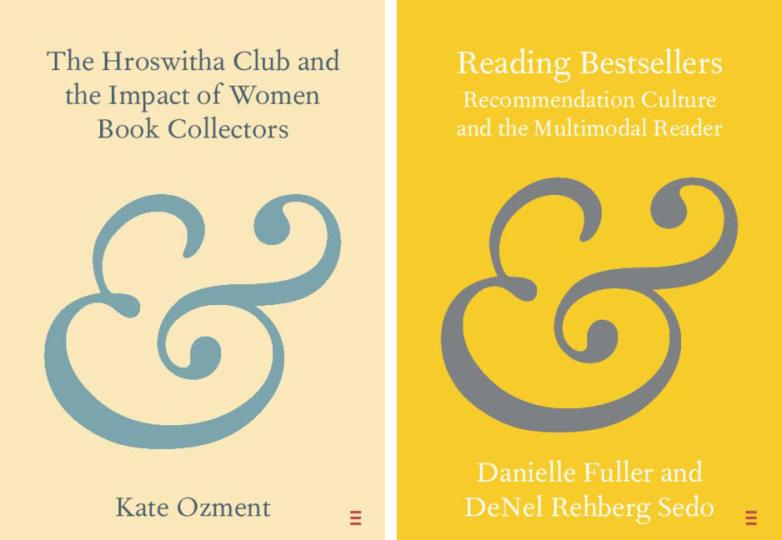Latest 2023 Cambridge Elements Titles Include Focus on The Hroswitha Club

Those looking for holiday reading which won't eat into baggage allowance restrictions should take a look at the latest crop of titles from the always fascinating Cambridge Elements series.
The series features a growing selection of titles which focus on aspects of book culture and publishing. They're quite short and very readable, but written by experts. Recent titles this year include:
* The Hroswitha Club and the Impact of Women Book Collectors by Kate Ozment which looks at The Hroswitha Club, a group of women book collectors who met from 1944–2004 in the Eastern United States.
* Reading Bestsellers: Recommendation Culture and the Multimodal Reader by Danielle Fuller and DeNel Rehberg Sedo, the starting point for which is readers' opinions about and their uses of bestselling fiction in English
* The Early Development of Project Gutenberg c.1970–2000 by Simon Rowberry who re-examines the extant historical evidence about digitisation initiatives and focuses on the significance of Project Gutenberg in relation to broader trends in online document delivery and digitisation in the latter half of the 20th century
* Publishing in a Medieval Monastery: The View from Twelfth-Century Engelberg by Benjamin Pohl, a case study of the books produced at the Benedictine monastery of Engelberg under its celebrated twelfth-century abbot, Frowin (1143–78).
Due for publication September 14 is Space as Language: The Properties of Typographic Space by Will Hill. Here's what the publishers say about it:
This Element examines the function and significance of typographic space. It considers in turn the space within letters, the space between letters, the space between lines, and the margin space surrounding the text-block, to develop the hypothesis that viewed collectively these constitute a 'metalanguage' complementary to the text. Drawing upon critical perspectives from printing, typeface design, typography, avant-garde artistic practice and design history, the Element examines the connotative values and philosophies embodied in the form and disposition of space. These include the values attributed to symmetry and asymmetry, the role of 'active' space in the development of modernist typography, the debated relationship between type and writing, the divergent ideologies of the printing industry and the letter arts, and the impact of successive technologies upon both the organisation and the perception of typographic space.















